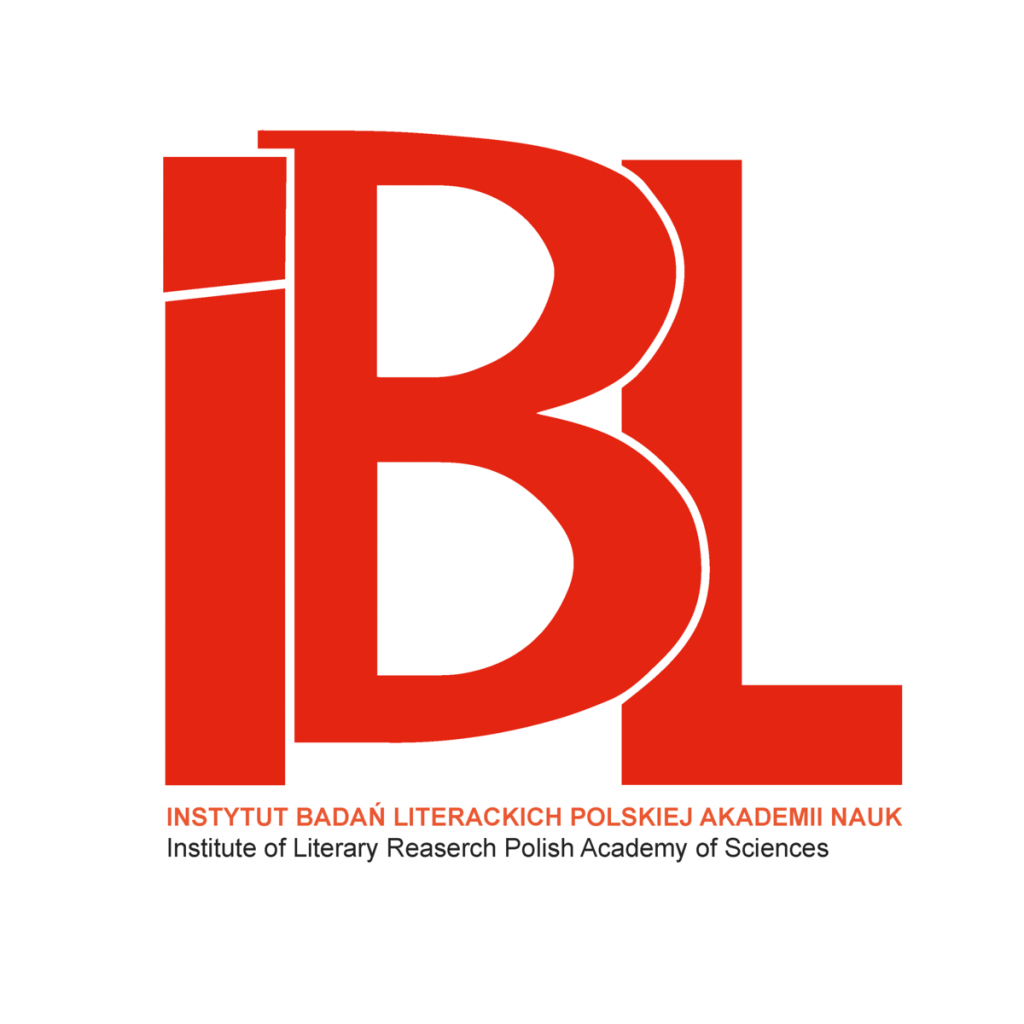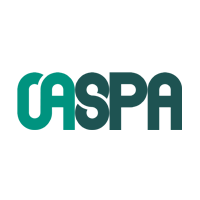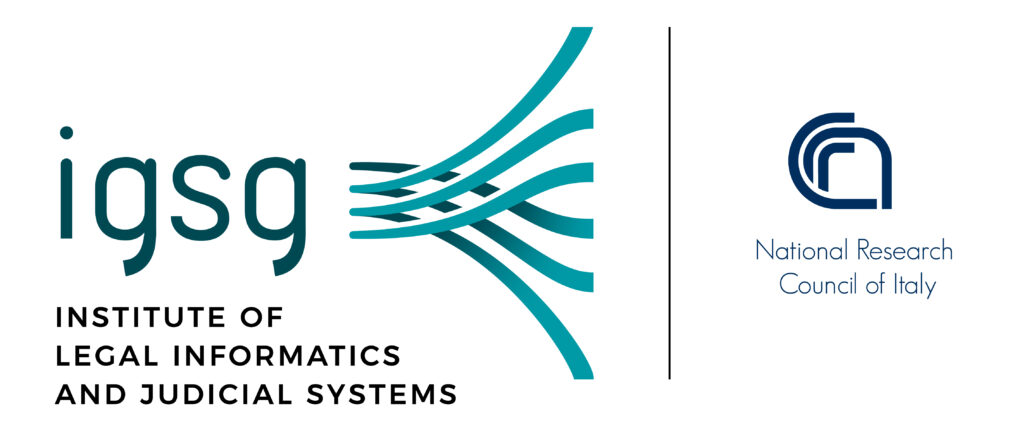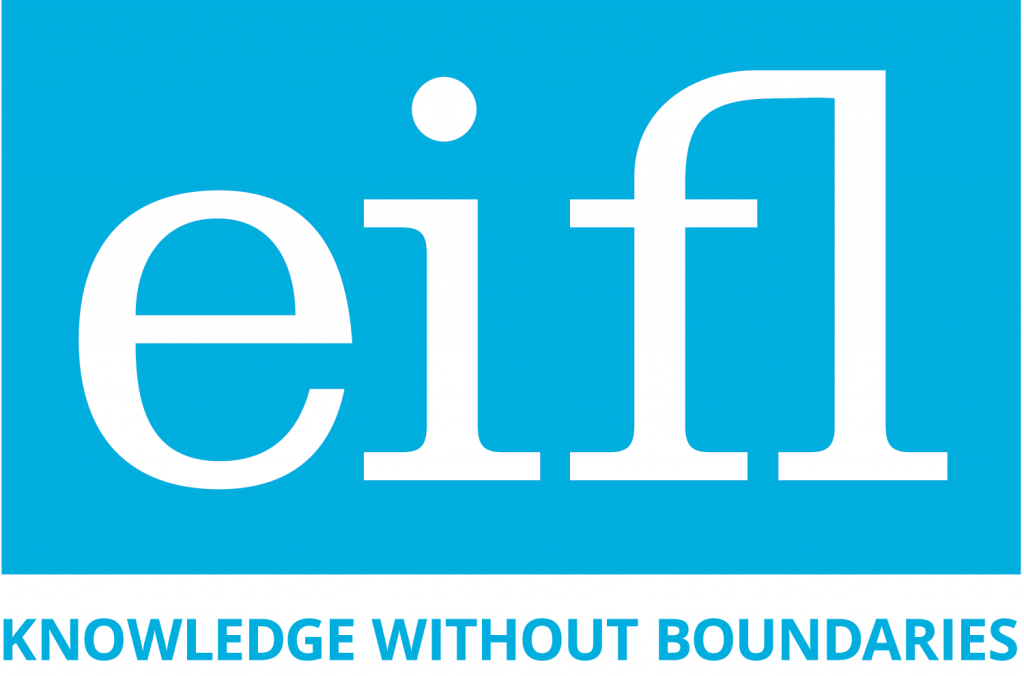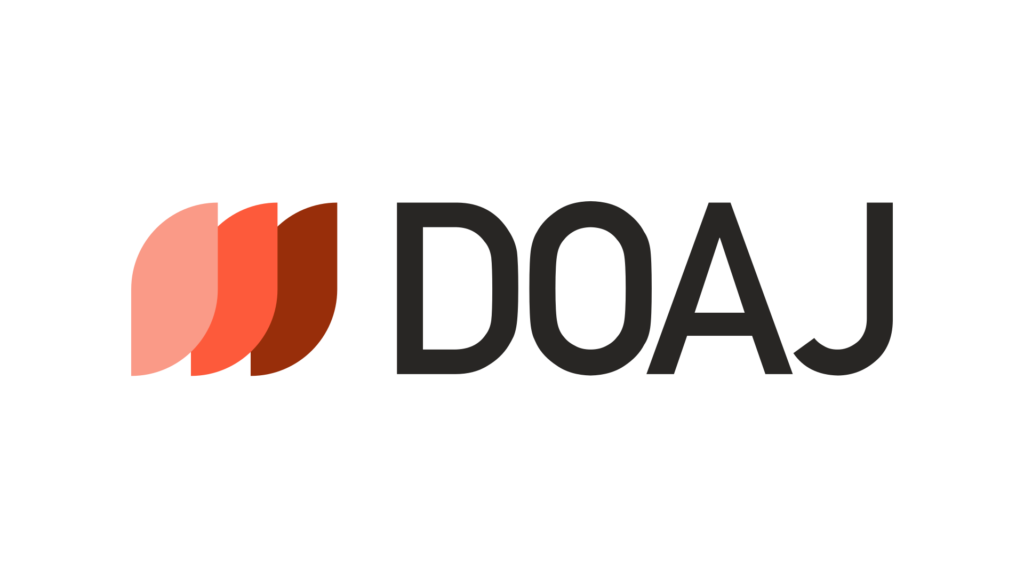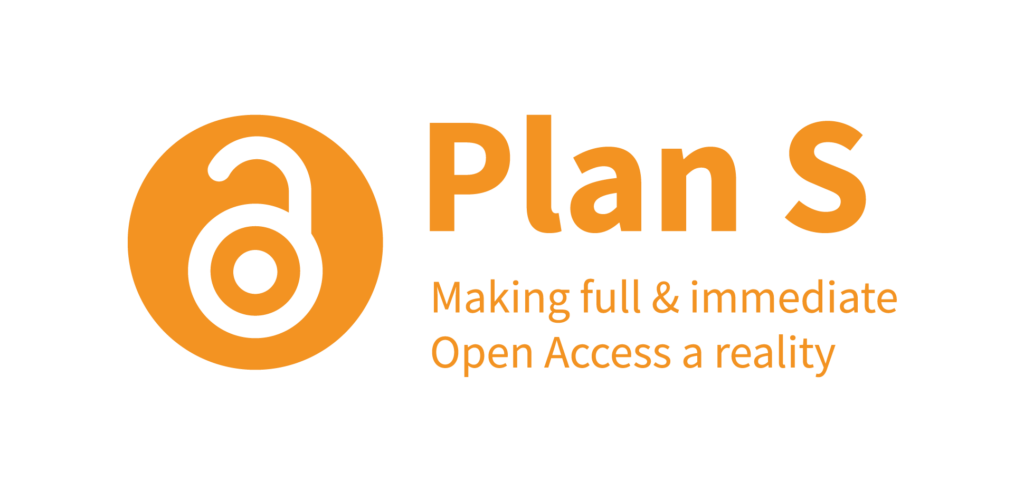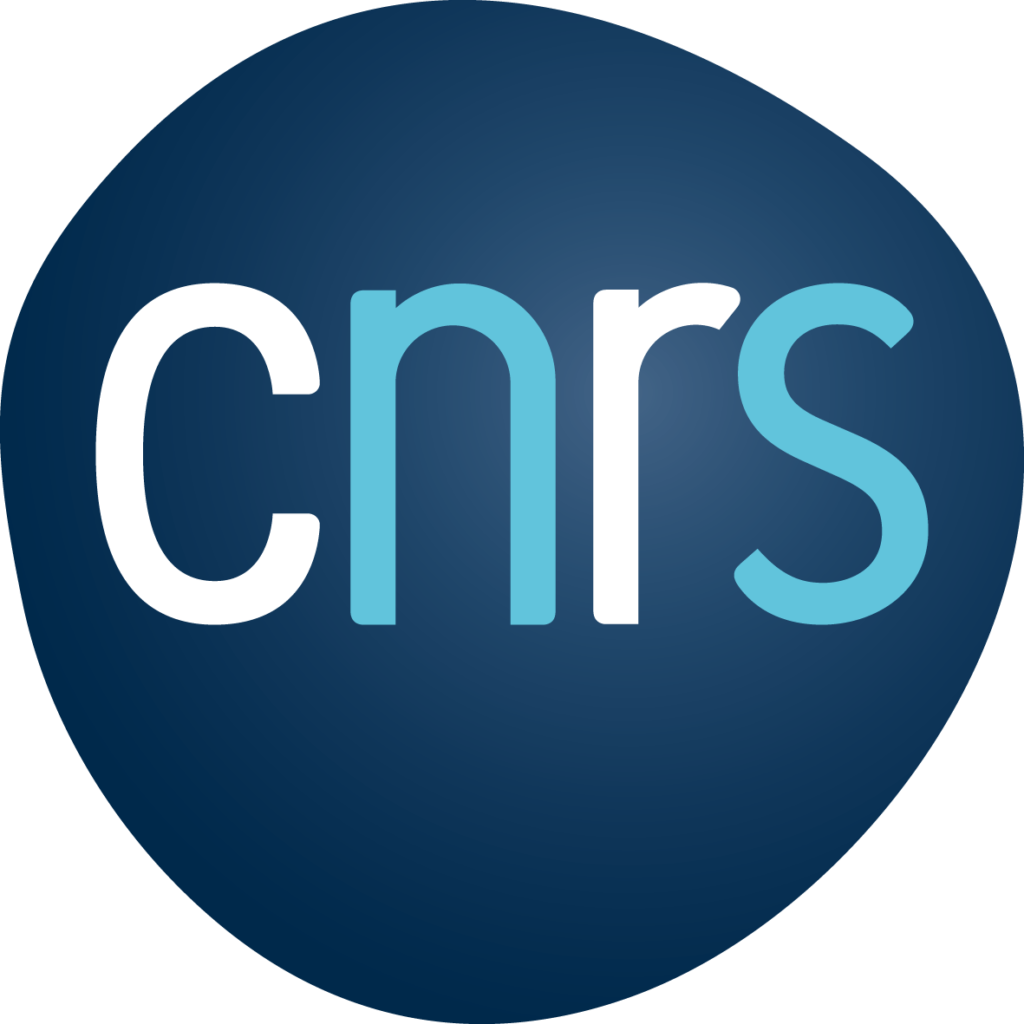After publishing the Diamond Open Access Standard framework and a shorter version in brochure format, the DIAMAS Project has released the Diamond Open Access Standard (DOAS) Guide for Journals.
Why the DOAS Guide for Journals?
The original DOAS is designed for Diamond OA publishers and service providers. Through webinars and workshops promoting DOAS, we have noticed that many journal editors struggle to apply some DOAS requirements at the individual journal level. Since editors and editorial teams are usually responsible for implementing improvements in journals, we developed the DOAS Guide for Journals – a practical resource tailored specifically for them. This guide translates the DOAS requirements to the context of individual journals, making it easier for them to align with DOAS and enhance their publishing quality.
The DOAS Guide for Journals provides a structured overview of essential requirements and additional recommendations for further improvement organized according to the seven core components of scholarly publishing outlined in DOAS:
- Funding
- Legal ownership, mission, and governance
- Open Science
- Editorial management, editorial quality, and research integrity
- Technical service efficiency
- Visibility, communication, marketing, and impact
- Equity, Diversity, Inclusion, and Belonging (EDIB), multilingualism, and gender equity
While the guide builds on existing best practice resources for journals, it provides guidance tailored specifically for Diamond OA journals.
How to use the DOAS Guide for Journals
Editorial teams can use the guide to analyse their current practices against DOAS requirements, identify areas for improvement and explore the DIAMAS Toolsuite and Guidelines for practical steps to implement those improvements. It can also be helpful for journals seeking to get indexed in the Directory of Open Access Journals (DOAJ). DOAS requirements that align with DOAJ’s Guide for Applying are clearly marked, making it easy for journals to track their progress toward meeting DOAJ requirements.




